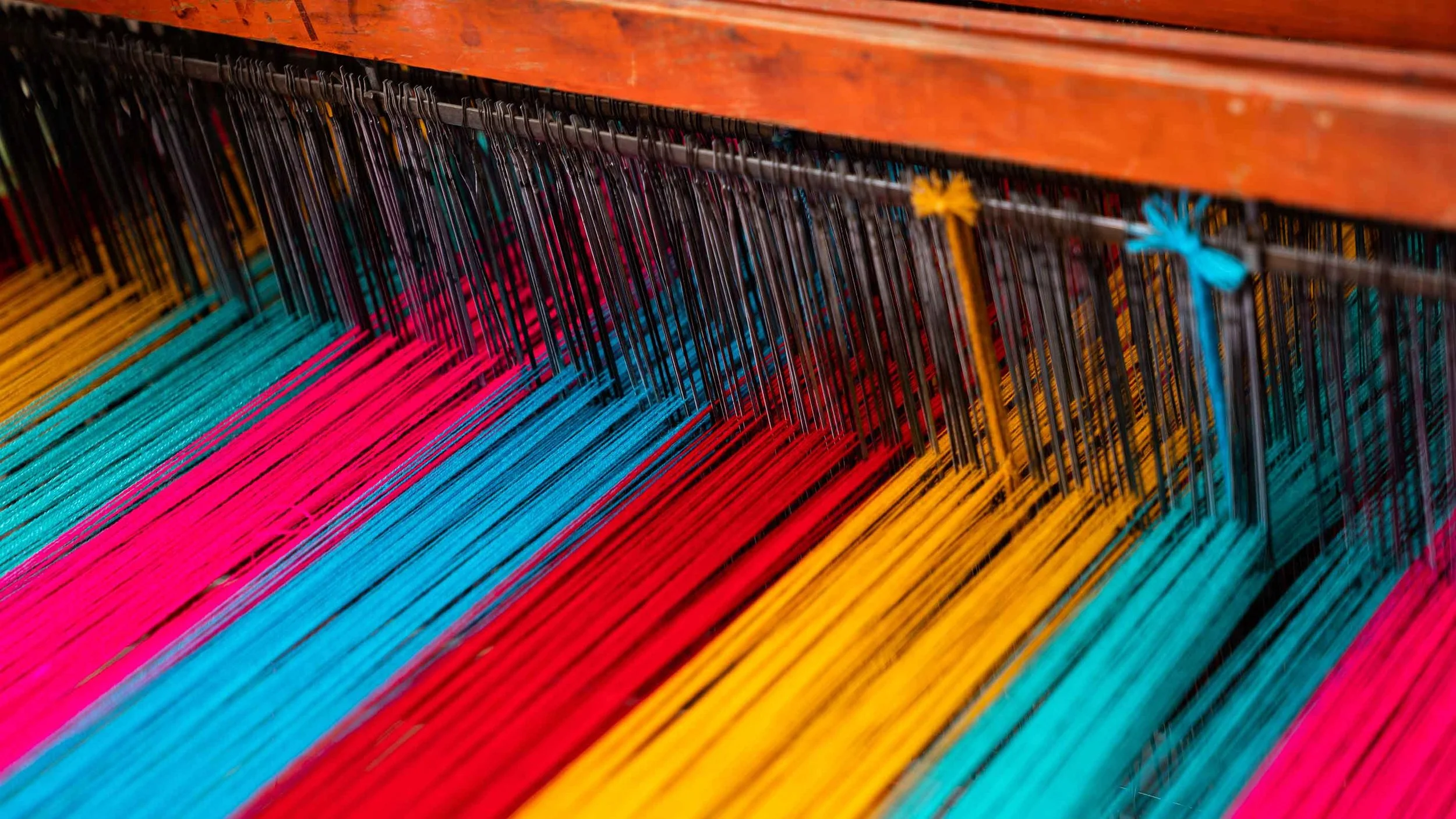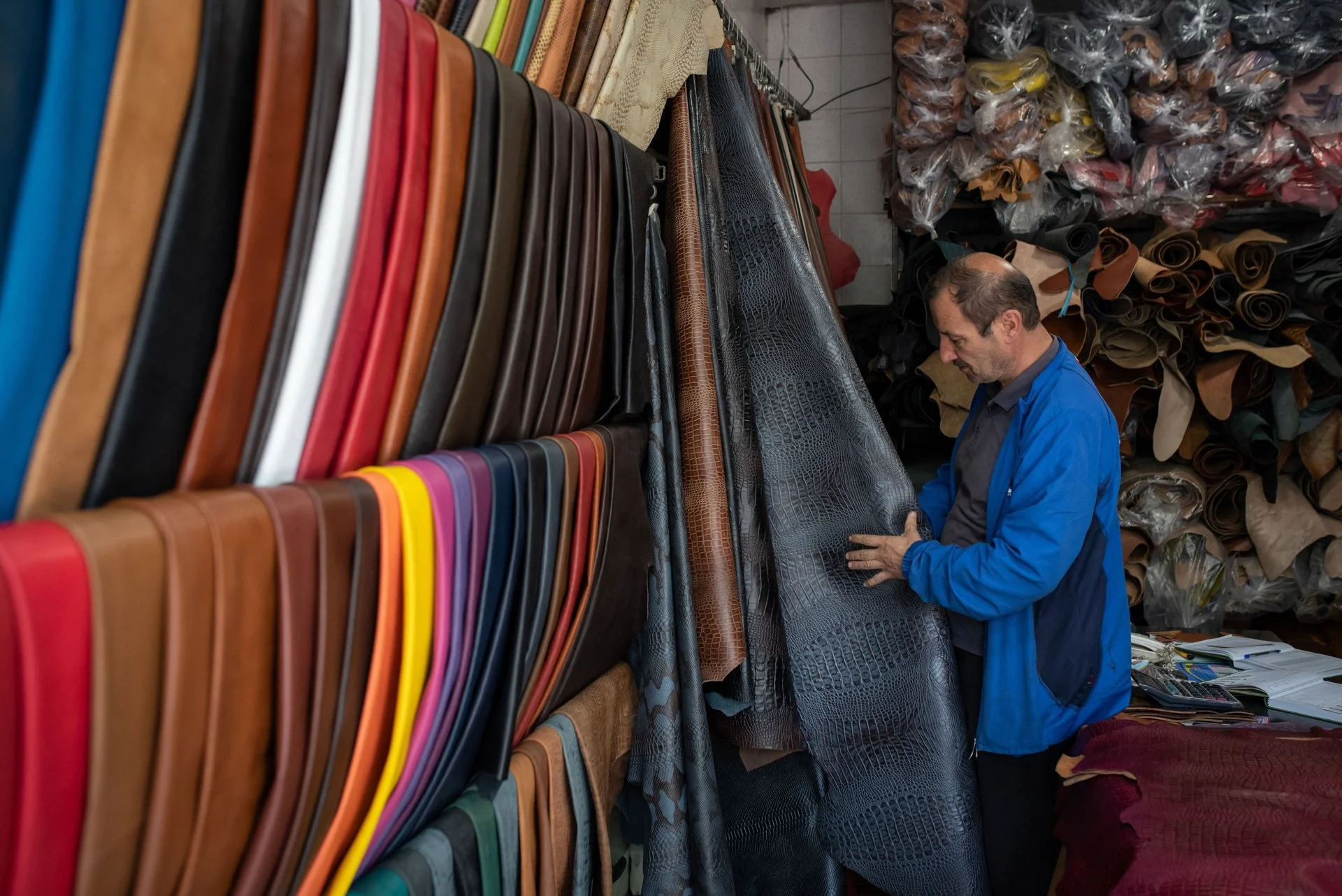Lorenzo Centi: a talk on sustainable procurement
What are the main criteria guiding sustainable procurement in a fashion
company, according to your experience?
In my view, the role of procurement in assessing sustainability within a fashion
company lies in ensuring a thorough qualification of the supplier base well before the start of collection development. This means that the procurement function holds the responsibility for designing and implementing a vendor qualification system that considers multiple key dimensions.
These include, of course, traditional procurement criteria, a robust assessment
of financial stability, legal and regulatory compliance, and operational reliability.
Beyond these fundamentals, the qualification framework must rigorously incorporate ESG-related elements. This entails gathering evidence on the respect of human rights throughout the entire supply chain, as well as collecting specific data on the environmental impact of production processes. Key aspects to evaluate include:
• Traceability of materials, components, and finished goods
• Suppliers' greenhouse gas (GHG) emissions and energy consumption
• Energy sourcing strategies
• Decarbonization roadmaps
Managing this level of qualification requires a significant volume of data, as well
as close cross-functional collaboration with departments such as Finance, Legal,
Operations, and Sustainability—and, importantly, ample lead time.
The core principle behind sustainable procurement is therefore the ability to gather reliable, multi-dimensional data from across the supply chain, early enough to influence key business decisions. These insights—particularly the suppliers' ESG scores—must be available before the prototyping phase of the collection begins, ensuring that only pre-qualified suppliers with acceptable ratings are included in both the development and subsequent production phases.
Specifically, how is supplier sustainability assessed, and which certifications are considered essential today?
Assessing supplier sustainability is a holistic and complex process that requires the integration of diverse types of data. Certifications may be part of the picture, but they vary significantly depending on the sector, raw materials used, and production steps involved.
What is relevant and standard for textiles may not apply to leather, and the certifications or benchmarks used for cotton fibres are not necessarily appropriate for polyester or synthetic materials.
As a result, defining a single, universal list of essential sustainability criteria or certifications is inherently challenging. The evaluation must always be context-specific, taking into account the material, the production process, and the final product.
At what stage of the creative and production process does the dialogue with
suppliers around sustainability requirements typically begin?
At the beginning of my experience in sustainability, the dialogue around sustainability requirements typically began only after the products had already reached the market—mainly in the context of data collection required for drafting the sustainability report. However, as sustainability culture has gradually permeated organizations, and driven also by increasingly stringent reporting requirements, the ability to anticipate these discussions has significantly improved.
Today, in some contexts, product development already takes place with sustainability experts working alongside creative and technical teams. Nevertheless, I believe there is still a significant journey ahead—particularly in building stronger collaboration with creative departments at the earliest stages of the design process.
One of the major objectives would be to support them in understanding how their decisions, and the timing of those decisions, influence the actual environmental and social impact of the collection.
Are the certifications required from suppliers globally standardized, or are
they adapted to local contexts and product types?
Certifications must be globally recognized to ensure credibility and comparability across markets. However, being locally adapted or rooted in a specific regional context does not necessarily diminish their reliability. On the contrary, such certifications may offer valuable insights into particular supply chain or environmental conditions. It is important to note that different product categories and production stages often require different types of certifications, each tailored to the specific risks and characteristics of the materials and processes involved.
How is effective collaboration between designers, the procurement team, and
suppliers facilitated throughout the development process?
Collaboration between designers, the procurement team, and suppliers can only be effectively facilitated through a strong and explicit commitment from the company’s executive leadership. Without this top-down endorsement, these three steakeholders—though ultimately working toward the same goal—tend to operate within a traditional hierarchy where the flow of information and decision-making moves predominantly from the design team to the supplier. In such setups, designers typically lead the process, product development follows by producing prototypes, and suppliers are expected to respond to requests, often without having the opportunity to proactively contribute or influence
upstream decisions.
How would you say continuity (in terms of styles, designer, suppliers) impacts
the sustainability of the procurement process?
First and foremost, it is essential to acknowledge that procurement and design objectives can be most effectively achieved by observing a few key principles:
- Early supplier engagement is critical. The later a supplier is selected, engaged, and
entrusted with production, the lower the company’s ability to ensure that the general
requirements—including, but not limited to, sustainability—are effectively met.
- Sustainability is inherently linked to efficiency. In essence, it is the ability
to produce while minimizing resource consumption. Efficiency is best achieved
through volume stability, long-term supplier relationships, and informed material
selection—factors that require alignment early in the development process.
- Creativity does not always dictate supplier selection or final collection composition.
However, creative teams’ awareness of how changes in materials or production
steps affect downstream supply chain operations—and ultimately the organisation’s sustainability performance—is essential.
A deeper industry-wide reflection may be needed regarding the fashion sector’s ongoing pursuit of hyper-flexible production models and its reliance on decision-making frameworks that enable last-minute changes, often at the cost of operational and environmental complexity.
One could reasonably ask whether it is time to introduce stricter criteria and more stable reference points in supplier management, material definition, and the frequently prohibitive production and delivery timelines typical of seasonal collections.
In this context, extending the sustainability conversation to include creative departments could enable a more integrated and forward-looking approach, aligning business, operational, and environmental objectives from the outset.




